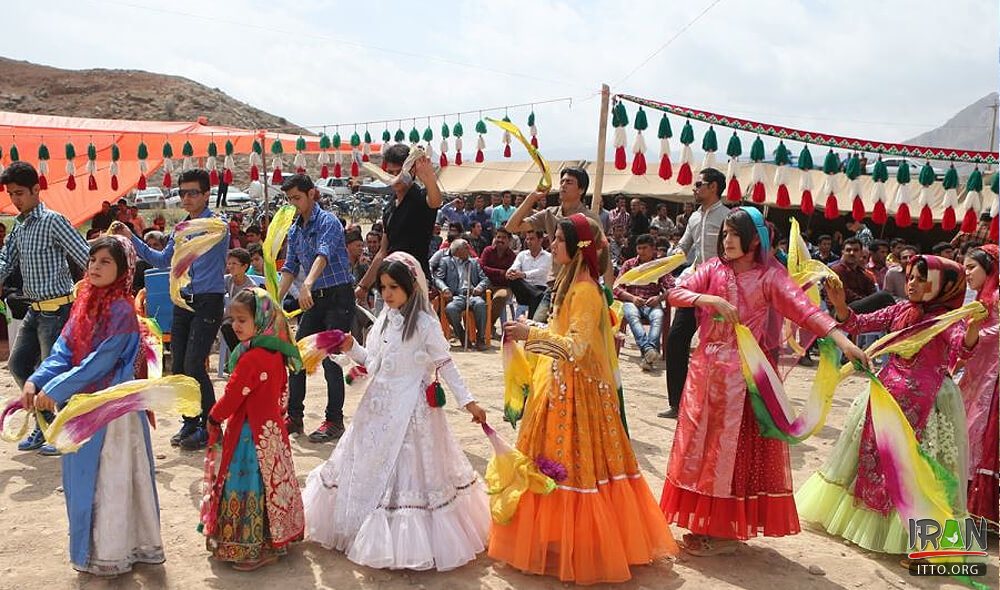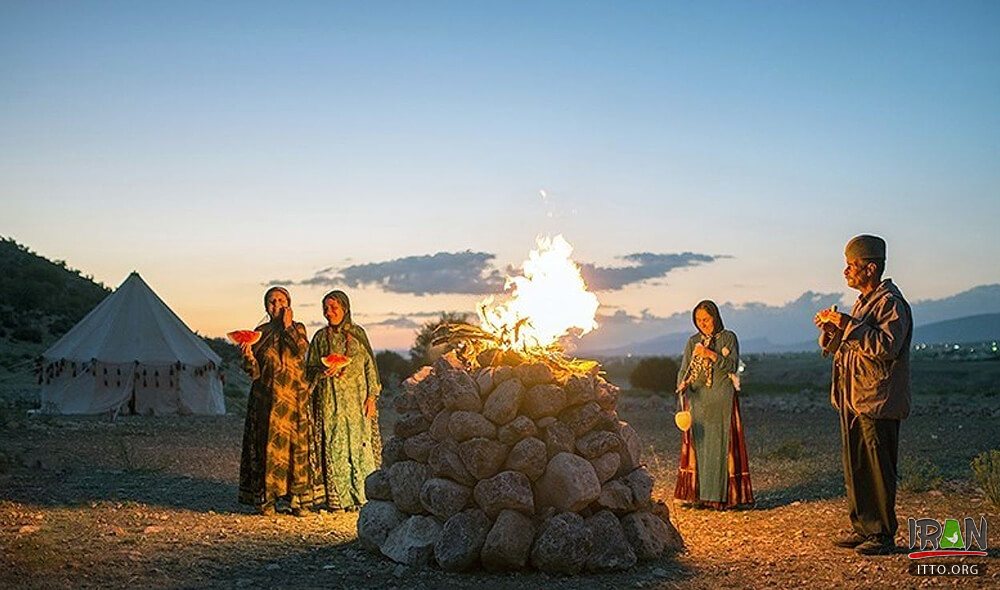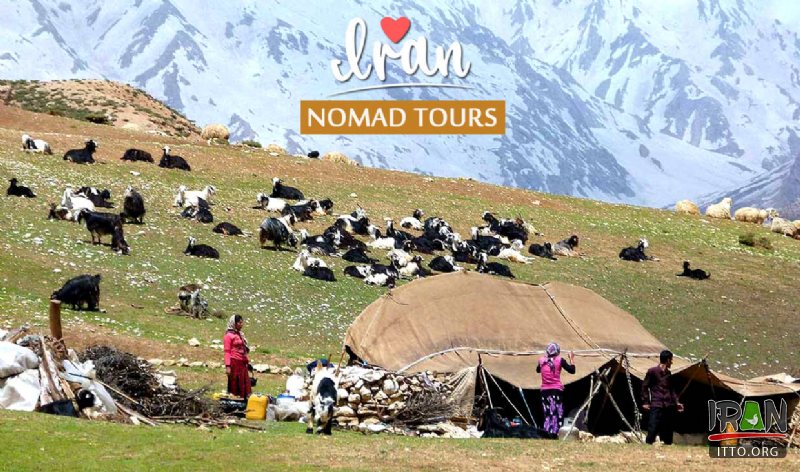For both domestic and foreign travelers, tribal tourism is all about opening eyes to new places, traditions, cuisines, beliefs, and ways of life.
Also called ethno-tourism, ethnic tourism or tribe tourism, it lays the ground for you to feel indigenous people by living with a nomad or rural family or enjoying an independent stay. However, as the name implies, it’s a trip for recreational purposes rather than being an expedition for anthropological research!
There are many tourists from all over the world who tend to observe the lifestyle of these hardworking people and spend a few days watching activities such as milking, yogurt making, buttering, oiling, woolen, carpeting and much more. Many Iranian and foreign tourists are interested in sleeping in nomadic black tents.

Iran nomads tour and living with the Iranian Tribes is an opportunity to visit this great attraction that is still present in the 21st century.
For some, it’s a great opportunity to learning more about the world and yourself. Some others may say, in our globalized age, seeing indigenous cultures with the naked eye yields a more memorable and authentic experience. And for others, tribal tourism may simply be a kind of nosy exercise to discover people whose appearance and way of life look very different from their own.
And finally, for indigenous communities, it brings financial benefits and cultural exchange. From another point of view, tribal tourism has its own challenges; it can cause immense damage to the environment for intense.
Varied natural setting of the country never disappoints visitors when it comes to tribal tourism as the culturally-diverse country is home to many regional people including ones with Turk and Arab elements in addition to the Kurds, Baloch, Bakhtyari, Lurs, and other smaller minorities such as Armenians, Assyrians, Jews, and others.
Language, music, indigenous cuisine, clothing, songs, anecdotes, crafts, live performances, and local rituals such as celebrations and wedding ceremonies have always spurred many to experience life among the tribes.
Over the past couple of years, the trend has gained a lot of support and attention in the country by both the government and the private sectors, as well as sightseers and local communities. Each month, several tribal festivals are held across the country. Moreover, tens of collective tours bring visitors to experience life among the tribespeople.
For instance, a number of foreign ambassadors, diplomats, as well as cultural and economic attaches were invited to attend a regional nomadic festival, which was held in northern Golestan province back in November. The festival, however, showcased wide range of regional arts, handicrafts, workshops, souvenirs, culinary traditions, and tourist-attraction exhibits and live performances to attendees from China, Greece, Iraq, Kazakhstan, Azerbaijan, Tajikistan, Uzbekistan, Afghanistan, Pakistan, Belarus, the Philippines, Senegal, Bolivia, and Mauritania, amongst others.

Iran Cultural Tours specially Nomad Tours is a great way through Persian History included 19 UNESCO heritage listed highlights.
Experts say that tribal tourism has an untapped capacity to attract more and more foreign tourists. Mohammad Javad Azimi, a tourism expert in Kermanshah province, believes that the nomadic livelihoods certify a kind of functional authenticity that well reflects human interaction with nature.
Many tour operators believe that tribal regions could be deemed as the legacy of human authenticity in its novel cultural and human aspects. In the Iranian culture, literature and public opinion, nomads have always been a proud part of the nation.
Iran’s tourism ministry believes that the construction of eco-lodges in rural areas could cater to the trend as it last year set a target to help build 2,000 eco-lodges by 2021.



